Genetically modified organisms (GMOs) are at the forefront of biotechnological innovation, redefining the boundaries of agriculture and environmental science. A GMO is a living organism whose genetic material has been artificially manipulated through genetic engineering. This technique has emerged as a cornerstone of modern biotechnology, offering the means to endow plants with specific, desirable traits such as resistance to pests, diseases, or environmental conditions and improved nutritional profiles.

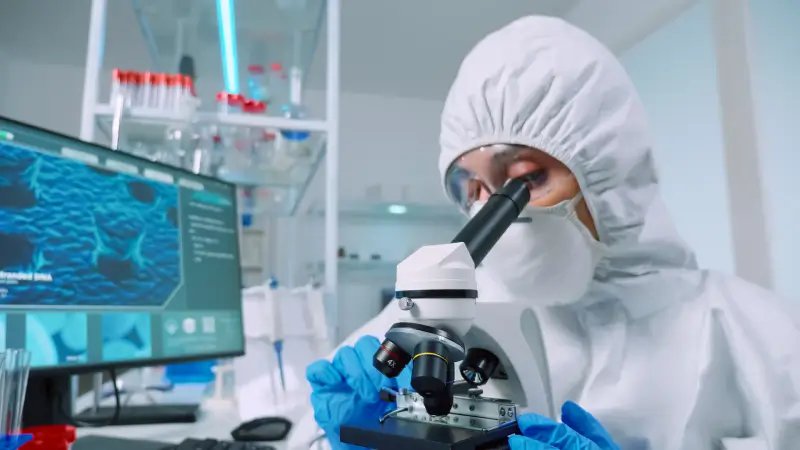
Genetic modification involves the precise alteration or insertion of genes – often from different species – into an organism's DNA to express new characteristics. These genetic tweaks can lead to traits like herbicide tolerance and enhanced resistance to viruses or insects, which are pivotal for crop resilience. For instance, through genetic engineering, soybeans can thrive amidst herbicide application, effectively controlling weeds without harming the crop.
Genetically Modified Organisms (GMOs) represent one of the most significant advances in modern biotechnology. But how exactly is a GMO created? The journey from a normal cell to a genetically modified one is intricate and fascinating.
The process begins with gene splicing, a meticulous technique akin to microscopic surgery. Scientists cut genes from a donor organism — a bacterium, virus, or even an animal — and carefully insert them into the recipient plant's genome. This genetic material, known as a transgene, is like a blueprint for new traits that the plant will eventually exhibit.
After the transgene successfully integrates into the plant's DNA within the nucleus, the plant cell, now transformed into a transgenic cell, begins to express the new genetic characteristics. As this transgenic cell divides, it develops into a genetically modified (transgenic) plant.
If the transgene integration is successful, the plant cell is transformed into a transgenic cell, which then begins to multiply. This process leads to development of a transgenic plant, where each cell encompasses the new genetic material. This modification is not temporary; it is a permanent and heritable change. As a result, all subsequent plant generations will inherit and manifest the transgene, permanently embedding this scientific achievement.
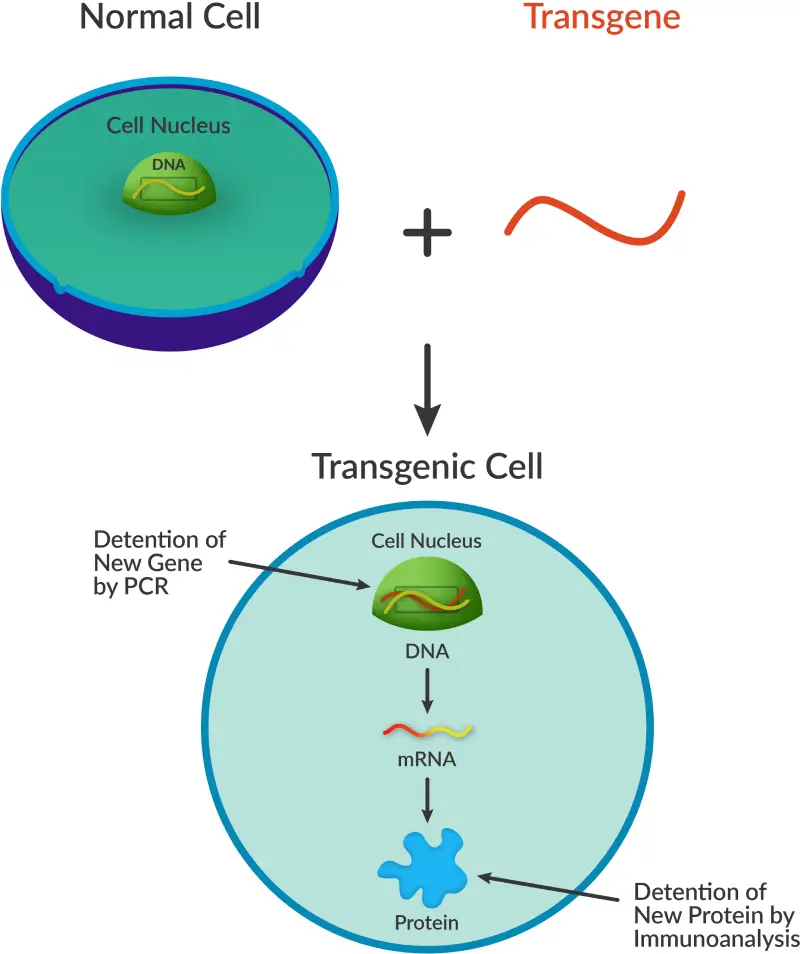
As genetic modification science advances, so does the need for precise and reliable testing methods. GMO testing provided by FoodChain ID ensures the integrity of agricultural practices, regulatory compliance, and consumer confidence. Two main types of GMO testing are employed today: DNA-based and protein-based.
Polymerase Chain Reaction (PCR) is a fundamental technique in DNA-based GMO testing. This advanced method significantly amplifies small sections of DNA, enabling detailed analysis. Here’s an overview of the process:
PCR is highly sensitive and specific, making it an excellent choice for detecting GMO traits with great confidence. Its ability to analyze even minute quantities of DNA makes it suitable for a wide range of applications.
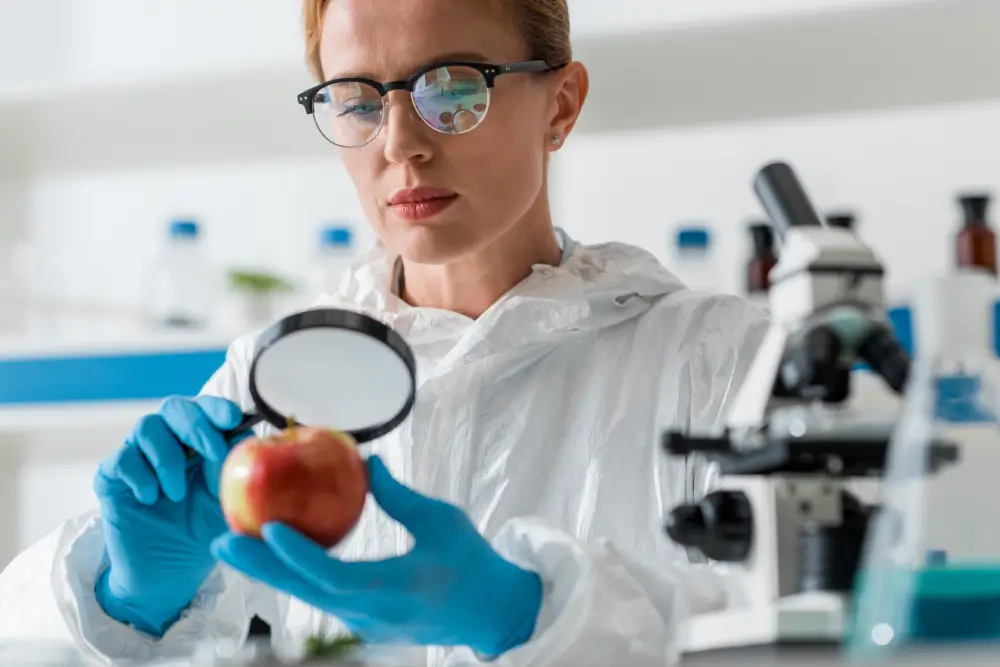
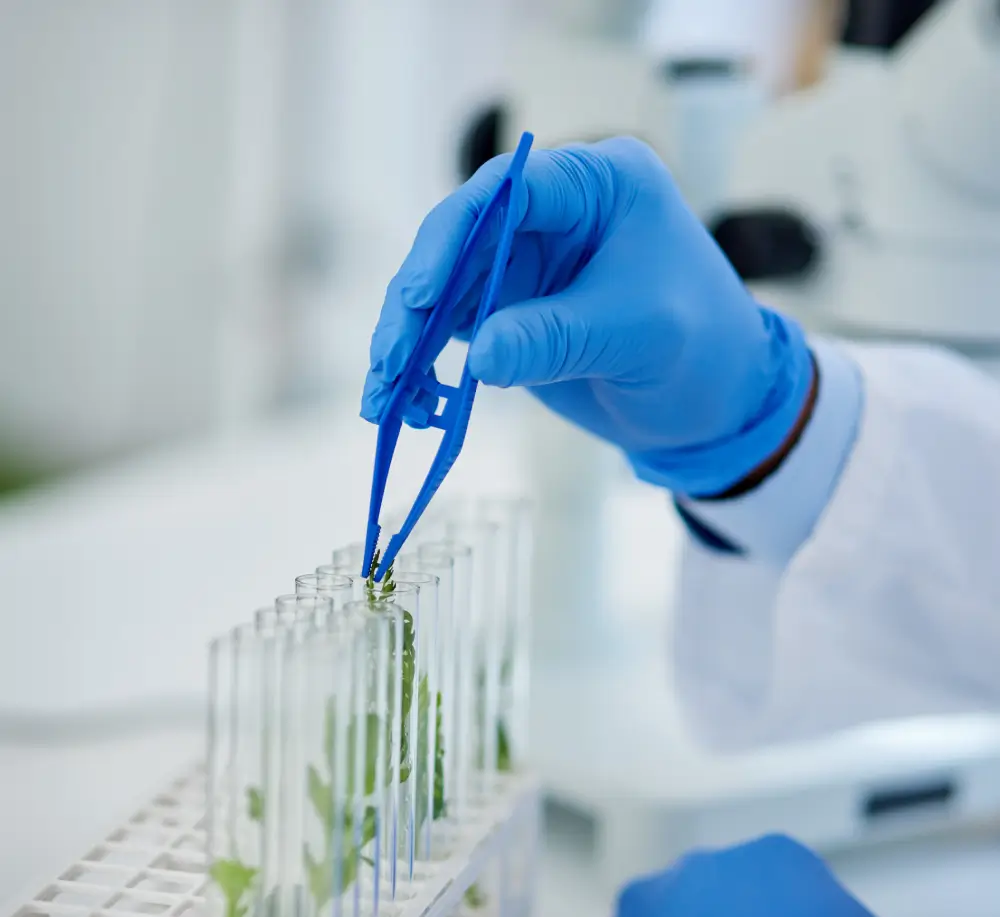
Immuno-analysis tests are designed to detect the proteins expressed by the transgenic DNA – these proteins are the physical manifestation of the GMO's new traits. The process typically involves:
Protein-based tests rapidly assess GMO traits, such as ELISA (Enzyme-Linked Immunosorbent Assay) or lateral flow devices like strip tests. These tests are particularly useful in field settings or for initial screening purposes.
DNA-based PCR testing and protein-based immuno-analysis play crucial roles in the landscape of GMO testing. While PCR provides unparalleled sensitivity and specificity, immuno-analysis offers quick, user-friendly insights. Together, these testing methods form a comprehensive approach to GMO detection and verification, serving a broad spectrum of needs from scientific research to commercial and regulatory applications.
At FoodChain ID, we utilize DNA and protein-based testing methodologies to provide our clients with the most comprehensive analysis, ensuring the integrity and compliance of GMO products in the market.
With our cutting-edge technology and a team of seasoned experts, we offer a comprehensive suite of DNA and protein-based testing services tailored to your specific needs. Our accredited laboratories, renowned for their meticulous standards and innovative methodologies, ensure that your products meet the highest quality benchmarks for safety, compliance, and market readiness.
Work with us to navigate the complexities of GMO analysis with confidence, knowing that your results will be accurately delivered.
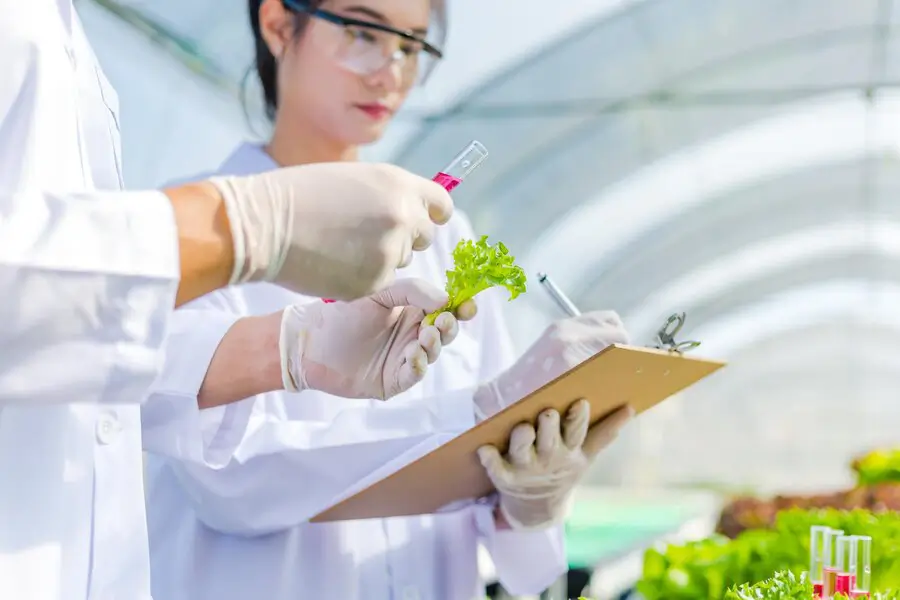
A GMO, or genetically modified organism, is a living entity whose genetic composition has been artificially modified through genetic engineering to express certain desired traits, such as pest resistance or improved nutritional value.
GMOs are created through a process known as gene splicing, where genes from one organism are inserted into another organism's genome. This allows the recipient organism to exhibit new traits the donor genes provide.
Yes, the modification is permanent and inheritable once a GMO is created. This means that future plant generations will also exhibit the introduced traits.
GMO testing is crucial for verifying regulatory compliance, maintaining consumer confidence, and ensuring the integrity of agricultural and environmental practices.
DNA-based GMO testing, such as PCR, detects and amplifies transgenic DNA within a plant cell. It is highly sensitive and can confirm the presence of GMO traits even in minute amounts.
Protein-based GMO testing, like immuno-analysis, detects the proteins produced from transgenic DNA, which signify the expression of GMO traits. It is typically faster and used for initial screenings or field settings.
Yes, GMO testing can identify specific GMO traits. DNA-based testing detects precise transgenes, while protein-based testing can identify the resulting proteins.
The choice depends on the sample type, required sensitivity, specific GMO traits to be analyzed, and the product's intended market.
FoodChain ID Testing provides a broad spectrum of advanced DNA and protein-based testing options. Our accredited labs and expert team ensure that your testing results meet the highest standards for accuracy and compliance.
At FoodChain ID Testing, our methods adhere to stringent quality benchmarks and are performed in accredited laboratories, ensuring that each analysis is reliable and meets global testing standards.
© 2024 FoodChain ID | Privacy Policy | Terms Of Use | Internet Marketing by Authority Solutions®